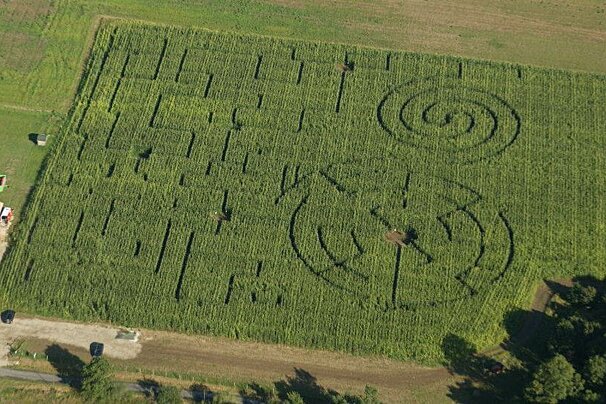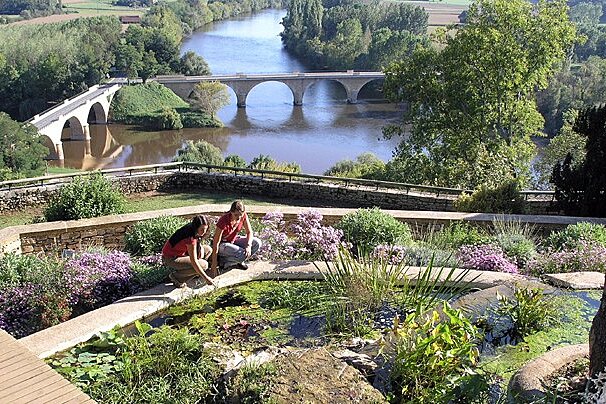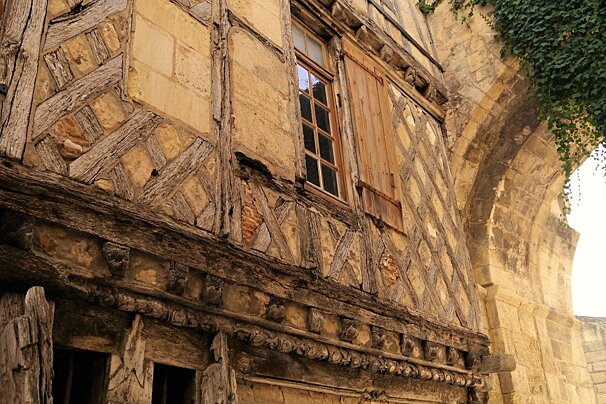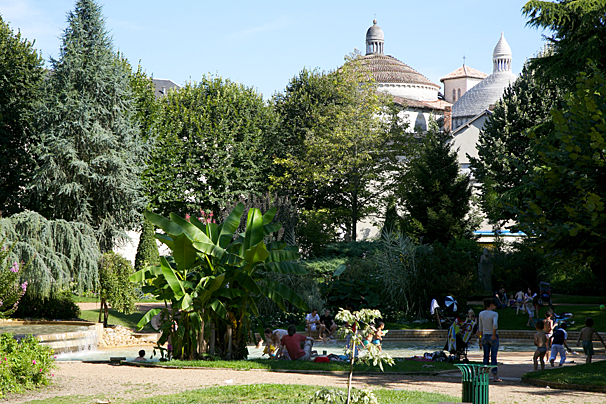
Les Jardins d'Eau Garden, Vitrac
Set within three hectares the water gardens in Carsac-Aillac offer a new place to walk that will delight young and old, tourists and locals.
Discover and book the top Dordogne sights

Set within three hectares the water gardens in Carsac-Aillac offer a new place to walk that will delight young and old, tourists and locals.

A magical world located in the heart of the 'Purple Perigord', hosted by the fairy mothers and created from fields of maize you can lose yourself here for hours.

The gardens at the Manoir d'Eyrignac were created in the 18th century, a hundred years or so after the building of the manor house.

Comprising three garden areas that have been created, and are tended, by the volunteers of Vertus Vertes de Gourdon, Les Jardin de la Butte embellish this medieval town.

Created in the 1980s this garden is an expression of personal inspiration and shows a strong link between artistic and landscaped garden design.

This beautiful and vast area has been split into themed garden areas, with interpretive trails running through them to both educate and add to the enjoyment of visitors.
Designed by Kathryn Gustafson, a visit here tells a story, and is a journey through the gardens of history. The guided tour is excellent, describing ancient woods believed to have been inhabited by gods, more contemporary water features and a garden of over 2,000 roses which blends the old with the new.
This is a contemporary floral park in the town of Varetz created in 2008 to pay tribute to the author Sidonie-Gabrielle Colette. The park has a guided tour offering a fun way to discover the botanical interests of this author as you wander through its six gardens.

With nearly 200 species of bamboo and 210 other grasses from around the world as well as rare trees and shrubs, perennials, annuals, herbs and wild, this is a truely wonderful collection.

Although the timber facade of this house in Saint Emilion dates from the 16th-century, the foundations were built even earlier than that.

These gardens are home to the remaining elements of the vast Roman amphitheatre which housed over 20,000 people in the 1st and 2nd centuries.